Dugi Otok Island Sailing: A Complete Guide for Nautical Explorers
Sailing Tips for Exploring Dugi Otok Island in Croatia
Introduction to Dugi Otok Island
Dugi Otok island, meaning "Long Island" in Croatian, stretches an impressive 45 kilometres along the Adriatic Sea and is the largest of the North Dalmatian islands. It is a haven for sailors, nature lovers, and those seeking the untouched beauty of Croatia. With its breathtaking beaches, hidden coves, and traditional island culture, Dugi Otok offers an experience that rivals the Caribbean or Maldives, without leaving Europe. Discovering the Charms of Dugi Otok Island in Croatia:
Top Beaches on Dugi Otok Island
1. Saharun Beach (Sakarun)
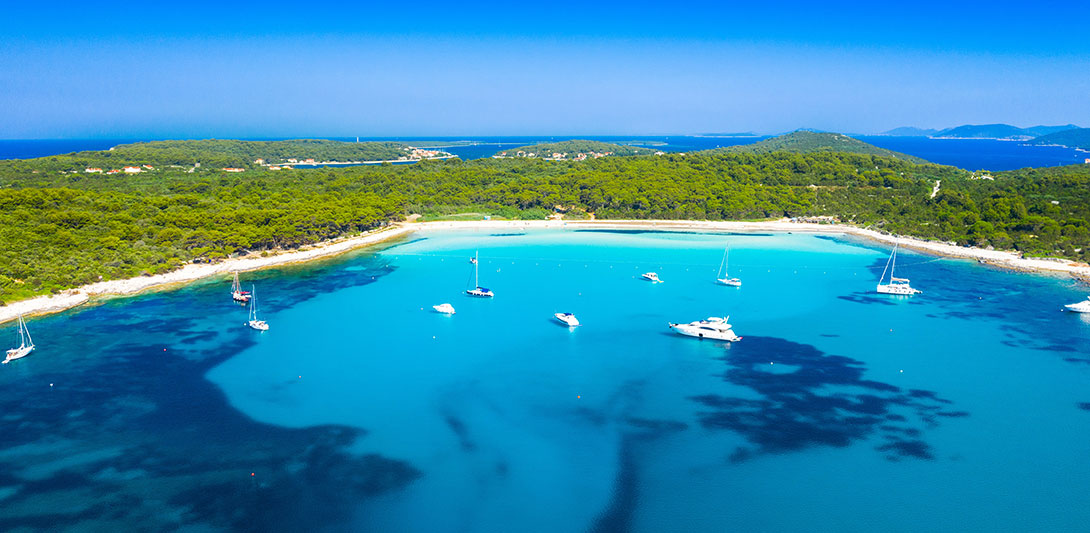
Saharun Beach, also known as Sakarun, is one of the most iconic beaches in Croatia. Known for its powdery white sand, crystal-clear turquoise waters, and 300-meter stretch of shallow shoreline, Saharun is perfect for families, couples, and photographers alike.
- Calm, shallow waters are ideal for children
- Spacious for beach sports and sunbathing
- Easily accessible from the northern end of the island
Travel Tip: Visit early in the morning to avoid peak crowds during the summer months.

2. Veli Zal Beach
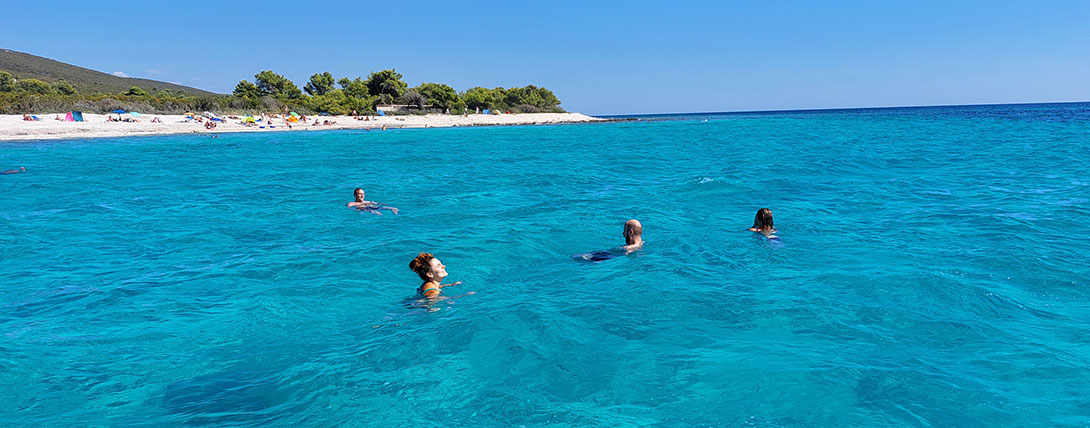
For those seeking tranquillity, Veli Zal Beach in central Dugi Otok offers a secluded retreat. Located in an uninhabited area, this pebble and rocky beach boasts a tropical colour palette with hues ranging from turquoise to deep blue.
- Quiet even during peak tourist season
- Surrounded by lush greenery and cliffs
- Ideal for reading, meditating, or snorkelling
Sailing Highlights: Telašćica Nature Park & Hidden Gems
Dugi Otok's Stunning Coastline is a Paradise for Sailors
Telašćica Bay and Nature Park
Declared a Nature Park in 1988, Telašćica Bay is one of the safest and most scenic harbours in the Adriatic.
- Three natural phenomena: saltwater Mir Lake, dramatic cliffs rising 161 meters above sea level, and deep karst landscapes
- Home to 25 coves, six islets, and 69 km of indented coastline
Don't miss the Grpašćak Interpretation Centre, a repurposed military fortress perched on the highest cliff of the Adriatic.
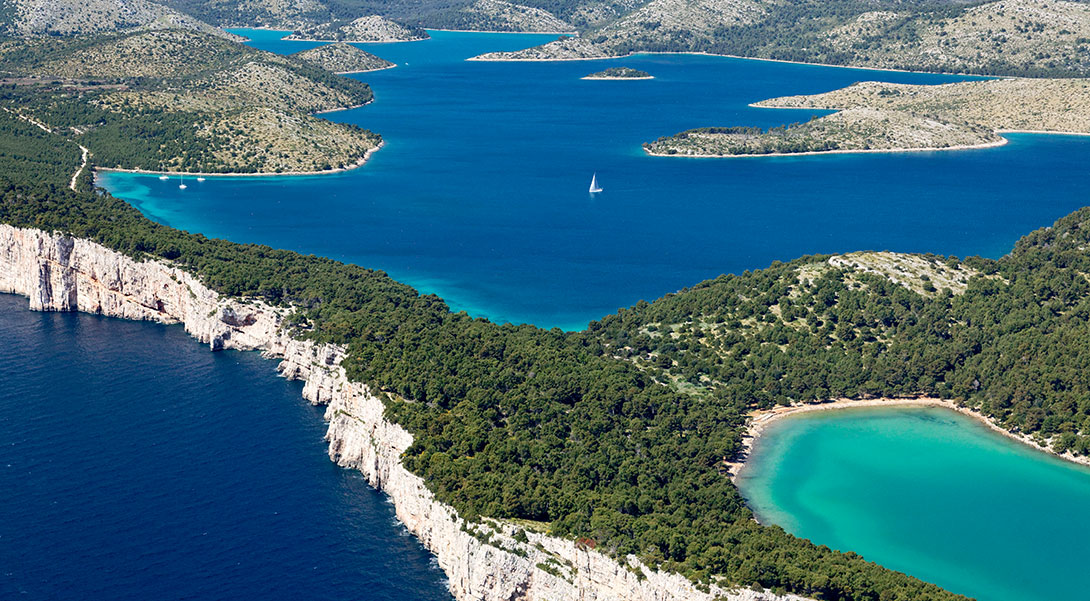
Brbinjščica Bay and Golubinka Cave
Located nearby, Brbinjščica Bay is popular with divers for its underwater caves. Golubinka Cave can be accessed via swimming or kayaking. A hole in its ceiling allows light to enter, creating a magical ambience.
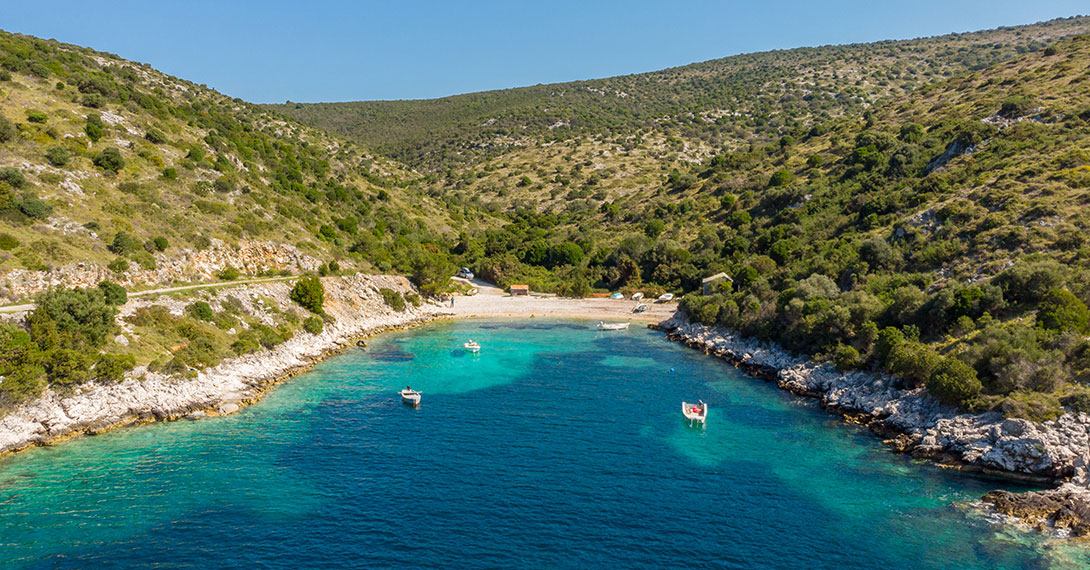
A short distance away, you can discover another fascinating attraction - Zmajevo Oko (Dragon's Eye)
Zmajevo Oko (Dragon's Eye)
A romantic natural pool connected to the sea by an underwater tunnel. Legend has it that couples who bathe together here are blessed with eternal love and happy marriages.
Did You Know? Mir Lake's healing mud is believed to treat various skin conditions and joint issues.
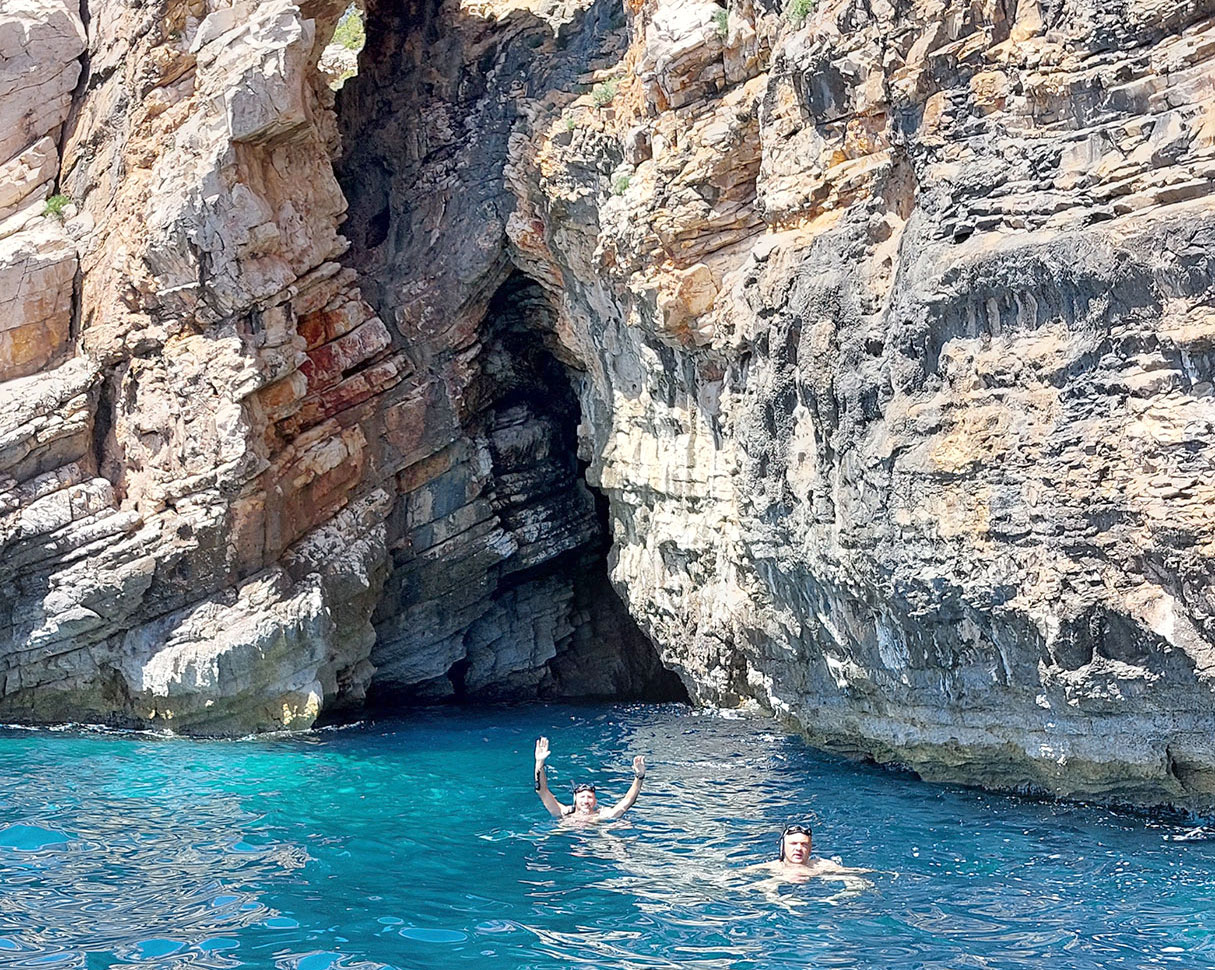
Authentic Island Life in Sali Village
Sali: Heart of Dugi Otok's Maritime Heritage
Sali is a vibrant coastal village where traditional life meets modern tourism. Stroll the cobblestone streets, admire stone houses with colourful shutters, and enjoy fresh seafood along the waterfront.
- Home to local fishermen and active maritime trade
- Marina for sailors and boating enthusiasts
- Friendly, welcoming locals who celebrate their cultural roots
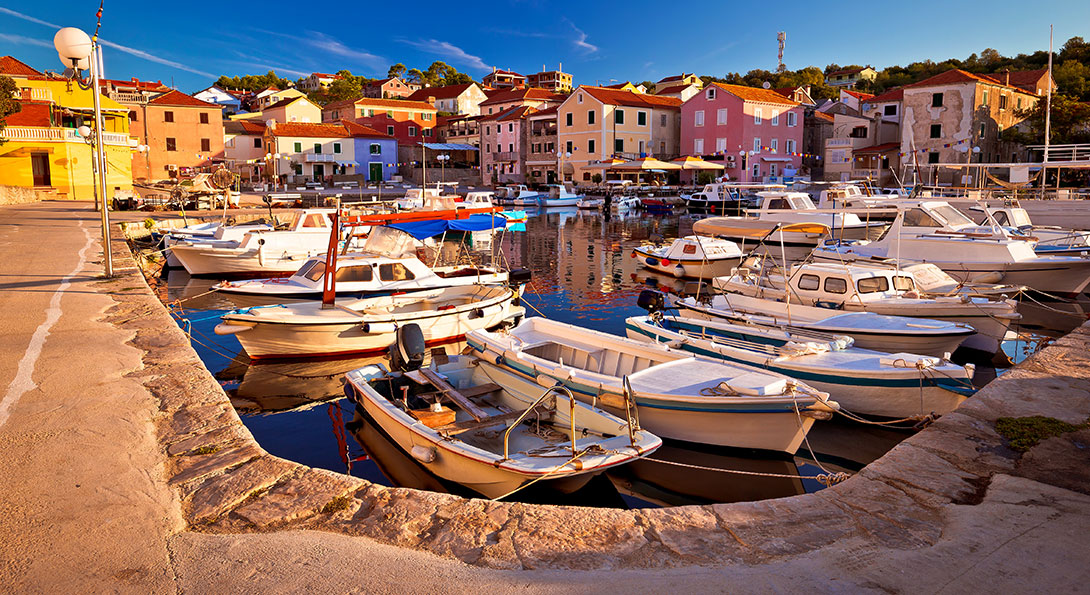
A cultural highlight of Sali village is the Saljske Užance Festival. Held the weekend before the Assumption of Mary (August 15), this three-day festival is a vibrant celebration of local culture, featuring a rich array of gastronomic, sporting, and cultural activities. Held the weekend before the Assumption of Mary (August 15), the Saljske Užance is a three-day festival featuring cultural, gastronomic, and sporting activities.
- Day 1: Fishermen's Night with grilled seafood, traditional brodetto, and a lively "Donkey Music" performance
- Day 2: Sack races, scooter races, tug-of-war, and a stunning "Sali Night" boat parade
- Day 3: Morning reveille and the much-loved Donkey Races
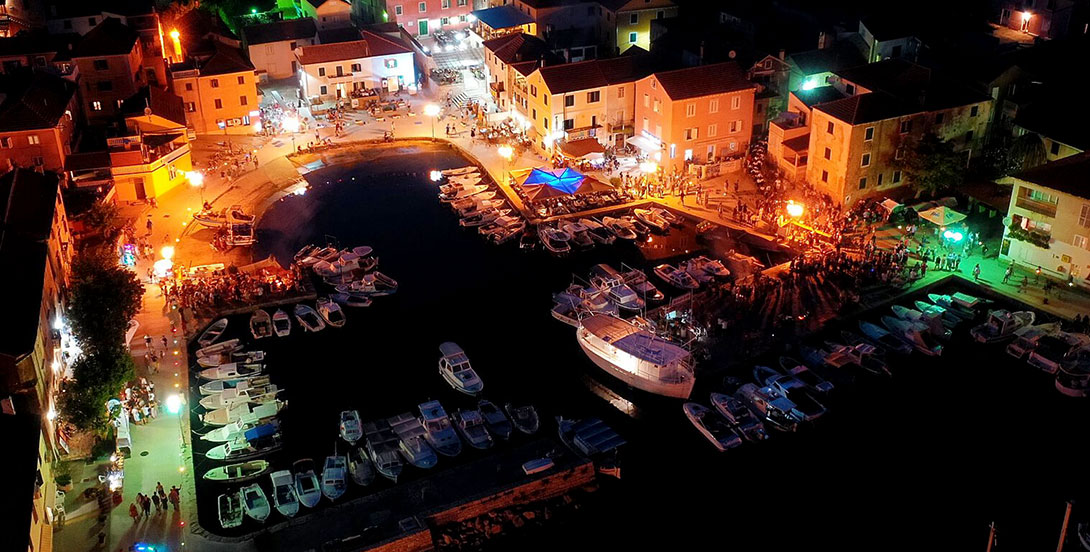
PHOTO CREDIT AND MORE INFO: https://www.dugiotok.hr/en/offer-festivities
Donkey Music Tradition
Initially a prank during a secret wedding in 1960, "Donkey Music" involves villagers playing repurposed fishing horns and tools in a melodic, humorous parade. The event concludes with musicians walking into the sea while playing, creating a memorable and joyful end to the festival.
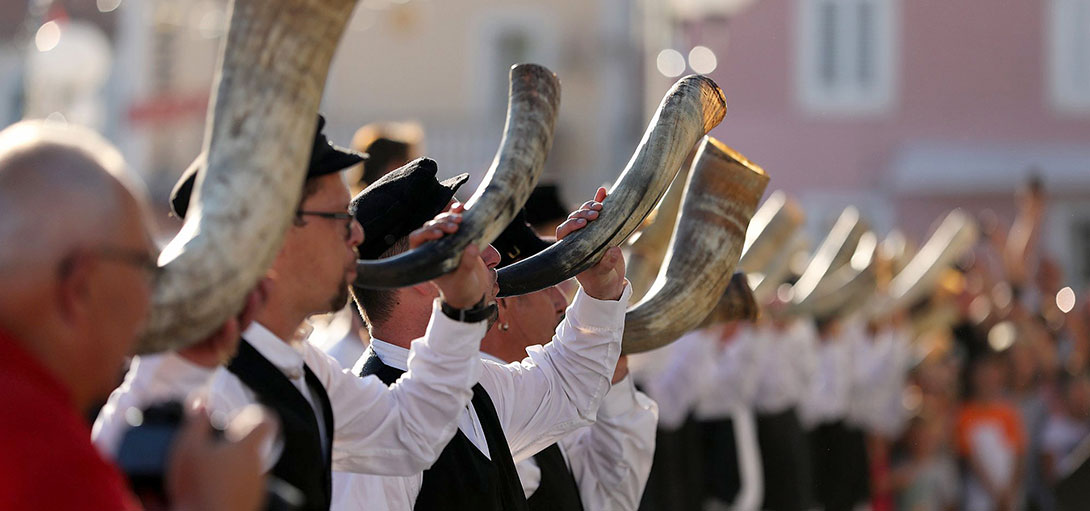
Photo Credit: TOURIST BOARD DUGI OTOK
Donkey music explained
Every household in the small fishing village owned a horn used to signal the start of bluefish hunting season. However, the younger generations discovered that these horns could be used as musical instruments. Through experimentation and practice, they created a unique style of music that filled the village with joy and wonder. The horns echoed through the streets, adding a new layer to the village's rich culture. The horns had become more than a tool signalling the start of bluefish hunting season. They symbolised the villagers' creativity, innovation, and ability to find beauty in unexpected places. This story is a testament to the power of human ingenuity and the limitless possibilities that can arise from curiosity and experimentation. Step back in time and discover the charming origins of "Donkey music". In 1960, a never-married woman and a widower were planning to tie the knot in secrecy in the picturesque village of Zaglav.
However, the village's younger generation discovered their plan and decided to play a playful prank on the couple. They followed the wedding procession, creating a stir by blowing horns, banging on metal tools, and ironing boards. However, the couple treated the young people with drinks instead of getting irritated. Upon returning to the village, the newlyweds decided to re-enact the jovial concert for their amusement, which gave birth to the "Donkey music". Today, the association celebrates and keeps the memory alive by participating in various events throughout the stunning Zadar County and across beautiful Croatia. Over time, they introduced specific rules to their performances. So, the musicians are dressed in traditional fishing attire with sailor caps on their heads in one part of the performance and more formal attire in another. The music is led by a conductor who directs the musicians, maintains order, and starts the figures that the music performs while playing. After the Donkey Races, the Donkey music enters the sea in the Sali port, and the musicians persistently blow horns as the water rises to their throats, thus concluding their performance at the Sali festivities.
How to Reach Dugi Otok Island
- Ferry: From Zadar (Jadrolinija operates regular lines)
- Catamaran: Fast connections from Zadar to Sali and Božava
- Private Boat: Sail directly into Telašćica or Sali marinas
Final Thoughts
Dugi Otok island offers an extraordinary blend of natural beauty, maritime tradition, and authentic Croatian culture. Whether you are a seasoned sailor or a curious traveller, the island's untouched charm will leave you mesmerised.
Sources & References
- Dugi Otok Tourist Board
- Telašćica Nature Park
- Croatian National Tourist Board
- Jadrolinija Ferry Schedules
FAQ about Dugi Otok island
Late spring (May-June) and early autumn (September) for pleasant weather and fewer tourists.



